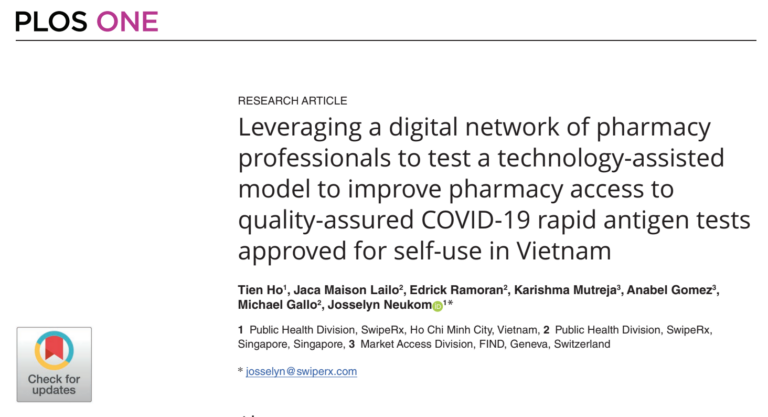In countries like the United States, pharmacists can dispense everything from oral contraceptives to drugs that manage opioid dependence without a prescription. However, no Southeast Asian country allows pharmacists to prescribe oral contraceptives (OC), though some OC is available over-the-counter in countries like Thailand and Vietnam. Pharmacists should be able to prescribe OC. This is especially true in Southeast Asia, where the risks and costs of abortions are high and pharmacists are available throughout the region. In Southeast Asia, pharmacy professionals are key to community health because they are the most accessible healthcare professionals, setting up shop in both rural and urban areas and serving some of the most vulnerable groups of people.
1. It’s safe for pharmacists to prescribe oral contraceptives
Oral contraceptives have little in common with other prescription-only drugs: they are not addictive, cannot cause deadly overdoses, dosages do not need to be fine-tuned to an individual, and long-term use results in long-term health benefits like protection from cancer rather than long-term risks. In general, the pill is safer than having a baby, driving, or smoking.
In fact, the American College of Obstetricians and Gynecologists recommends that pharmacists should be able to provide OC over-the-counter as negative side-effects of the pill, like venous thromboembolism are even more likely to occur during a pregnancy.
Furthermore, studies in other countries like Mexico show no difference in safety for women who get the pill from a pharmacist versus those who go to a clinic. It is simple for a pharmacist to ask the questions necessary to judge whether a woman is eligible for the pill, so only women who can safely take OC will be allowed to do so by a pharmacist. With apps like mClinica’s SwipeRx, pharmacy professionals can easily access free drug information and continuing professional development modules to empower patients to make well-informed family planning decisions.
2. Unsafe abortions would decrease
Across the globe about 20 million abortions are performed each year by people without the proper skills, and 97% of these unsafe abortions occur in developing countries. Of countries where there is no restriction on abortion, Vietnam has the highest abortion rate at 83 per 1,000.
Legal restrictions on abortion do not decrease abortion rates, however. When abortions are legally restricted, abortions are performed in unsafe conditions by unqualified individuals. If not the law, then what lowers abortion rates? The availability of effective contraception.
In Southeast Asia, pharmacy professionals often open pharmacies near their own homes so pharmacies can be found even throughout remote and poor areas. Allowing pharmacists to prescribe OC gives the entire population access to effective, safe, and low-cost family planning options. This empowers women to make the right family planning choices without relying on abortions.
3. Oral contraceptives save money
The cost of treating complications from an unsafe abortion are high for both an individual and a healthcare system. Every year, an average of up to 7 women per 1,000 are hospitalized for abortion complications in developing countries.
In lowering abortion rates, oral contraceptives prescribed by pharmacists would save money for both individuals throughout developing countries as well as the country’s healthcare system and economy. Studies performed in developing countries throughout Latin America and Africa showed that the cost of post-abortion care can be as high as 35% of annual per capita income. On the other hand, contraception costs 3-12% of the average cost of treating an abortion patient.
Ultimately, oral contraceptives may not end unsafe abortions, but allowing pharmacists to prescribe oral contraceptives or removing prescription requirements altogether is a crucial step in allowing people to have autonomy over their both their pocketbooks and their family planning choices.
You might be interested in:
What’s really needed to improve access to healthcare in rural areas
In Southeast Asia, patients aren’t finishing their TB medications. Why?







